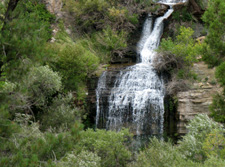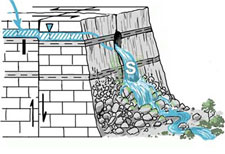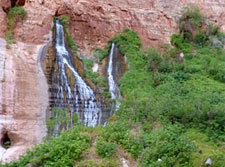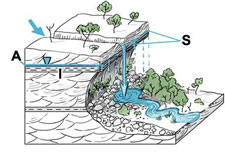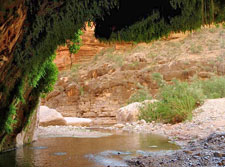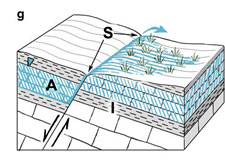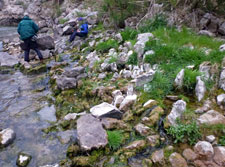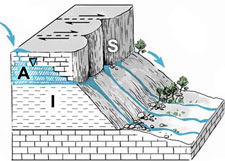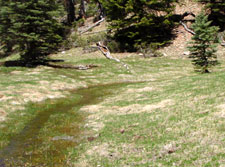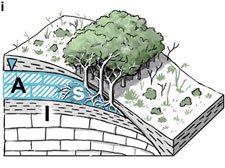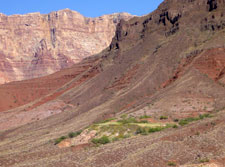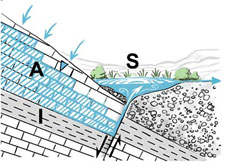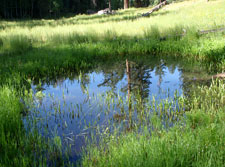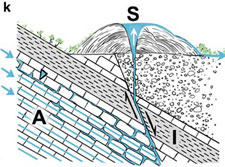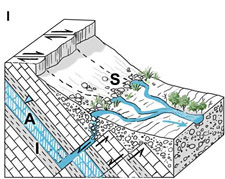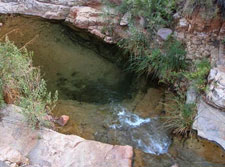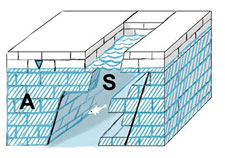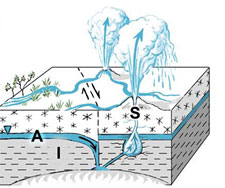|
10 of the 12 types of classified springs found in the world - are found within Grand Canyon National Park. Imagine how vast and complicated the geology of Grand Canyon is - to have this many spring types.
Illustrations and information on this page courtesy of the Museum of Northern Arizona Springs Stewardship Institute. For more detailed information about spring types visit their website: https://springstewardshipinstitute.org/
Visit our keyboard shortcuts docs for details
In Episode 02,"Hidden Waters," travel with scientists to explore springs hidden deep within Grand Canyon. The ecosystems of Grand Canyon's seeps and springs represent some of the most complicated, diverse, productive, provocative, and threatened ecosystems on earth. | ||||||||||||||||||||||||||||||||||||||||||||||||||||||||||||||||||||||||||||||||||||
Last updated: December 10, 2022


